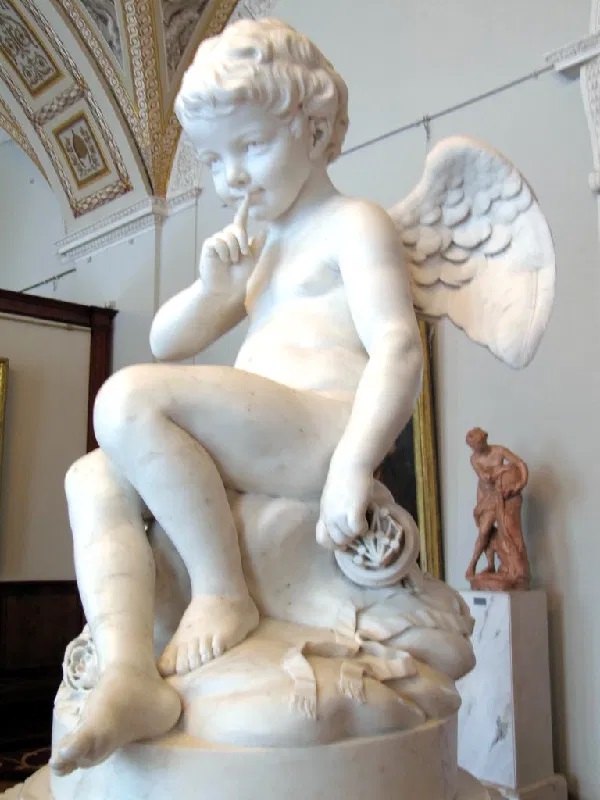Falconet’s Sculpture in Marble, Porcelain, and Sugar
by Alicia Caticha
My research on 18th-century French sculptor Étienne-Maurice Falconet (1716-1791) traces the emulation, replication, and commercialization of his work in marble, porcelain, and sugar. With the support of a Decorative Arts Trust Summer Research Grant, I was able to study the materiality of these three media, reconciling and weaving together the physical properties of the materials and the historical and political connotations of their unifying characteristic: whiteness.
At the Archive National de Sèvres in Paris, France, I focused on the materiality of soft-paste porcelain, which Sèvres used to reproduce Falconet’s marbles during his tenure as the director of their sculpture atelier. A larger narrative emerged concerning the European-wide “arms race” to discover kaolin, the secret ingredient of Chinese and Japanese porcelain. When the Germans discovered kaolin clay deposits in Saxony (where the widely successful Meissen porcelain manufactory would be founded shortly thereafter), the French found themselves in a peculiar position. They were no longer the leading arbiters of taste in this domain of the arts! In response, Sèvres hired the chemist Jean Hellot to perfect French soft-paste porcelain.
I studied Hellot’s meticulous records documenting his attempts to mimic the crystalline whiteness of hard-paste porcelain. He experimented with ingredients such as viniagre blanc d’orleans and blanc d’espagne, a vinegar and a white lead pigment often used in 18th-century cosmetics. He even tested burning different types of wood in the kilns, hoping that less smoke would help prevent yellowing, a common defect of French soft-paste porcelain.
By 1751, Hellot was satisfied with his progress, declaring in his notebooks that his soft-paste recipe produced porcelain that was “infinitely superior, with its perfect whiteness, than all the [other] companies of Europe.”1 That Hellot would make such a bold statement when soft-paste porcelain still remained inferior in terms of its durability—over 50% of Sèvres porcelain was lost during the firing process—speaks to the aesthetic value placed on its whiteness.
While this interest in whiteness was in large part due to competition with hard-paste porcelain, porcelainiers in France were also motivated by the burgeoning market for porcelain figurines as replacements for outrageously expensive sugar sculptures—made from highly refined white sugar paste—that decorated the dining tables of the elite. My research on this ephemeral sculptural practice took me to the Bowes Museum in Durham, England, which houses the preeminent collection of 18th- and 19th-century sugar sculpture molds. I was able to examine the molds in person, including one with Marie Antoinette’s coat of arms! These intricately carved wooden molds revealed masterful craftsmanship and highlighted an understudied métier for decorative sculptors. Signatures on these molds identify guild specialists who were able to make a living exclusively carving these molds.
I am grateful for the generous and timely support of the Decorative Arts Trust, without which I would not have been able to make these two foundational research trips to support my doctoral studies in Art and Architectural History at the University of Virginia.
The Decorative Arts Trusts offers grants and scholarships for young researchers as part of the Emerging Scholars Program. To support emerging scholars, please consider becoming a member of the Trust.
1 Translation is the author’s own. Archives de Manufacture Nationale de Sèvres, Carton 71, 1.
About The Decorative Arts Trust Bulletin
Formerly known as the "blog,” the Bulletin features new research and scholarship, travelogues, book reviews, and museum and gallery exhibitions. The Bulletin complements The Magazine of the Decorative Arts Trust, our biannual members publication.












